PCI slots, SATA ports coils have appeared, along with power coils and large capacitors next to the CPU socket...
The board design has room for a PCI-Express x16 slot, but interestingly, there isn't one placed on the board before it moves on to the wave soldering machine. Having said that though, there is an integrated graphics solution embedded in the chipset.
The wave soldering machine is pretty impressive - the boards move through the machine slowly, with waves of solder splashed on the bottom of the board. Every component installed has a solder point that pokes through the underside of the board and the wave solder machine applies just enough solder to the back of each board in order to fix the components in place.
Obviously, this process is done at high temperatures. As the boards come out, they're cooled by four high-speed 120mm fans. Even after some time under there, the boards are still warm to the touch.
Even before the boards have had the chance to cool down, the workers check the accuracy of the wave soldering. If there are areas of the board that still have dry joints, the workers manually complete the joins with an off-the-shelf soldering iron.
The heatsinks are then applied to vital components before a fake CPU is installed to check that there is a complete circuit. The fake CPU has a 4-pin 12v power connector on the top and it checks that there is basically a complete circuit between the 24-pin ATX power connector and the CPU socket. After this process is complete, the components on the board are comprehensively scrutinised.

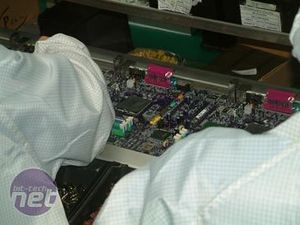
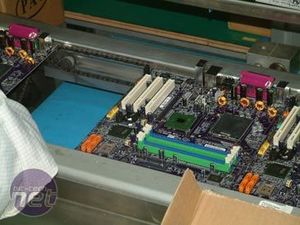

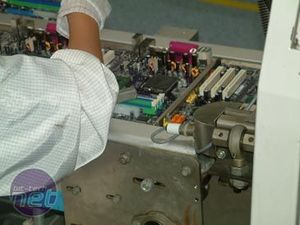
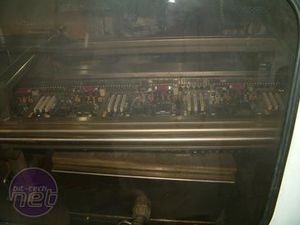
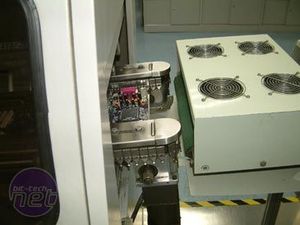
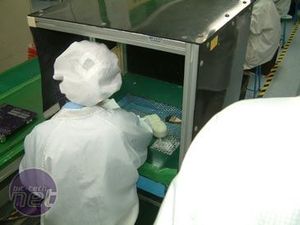

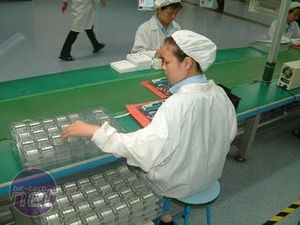
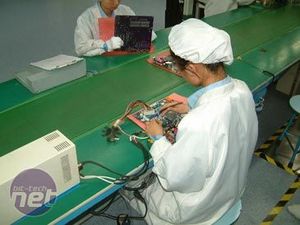







Want to comment? Please log in.